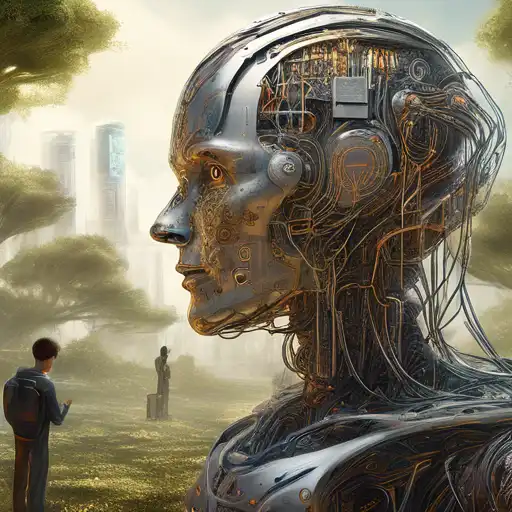Introduction to Natural Language Processing
Natural Language Processing (NLP) stands at the intersection of computer science, artificial intelligence, and linguistics. It enables machines to understand, interpret, and generate human language in a way that is both meaningful and useful. This technology powers a wide range of applications, from virtual assistants to translation services, making it a cornerstone of modern AI.
How Machines Process Human Language
At its core, NLP involves several key steps: tokenization, part-of-speech tagging, parsing, and semantic analysis. These processes allow machines to break down human language into understandable components, analyze grammatical structures, and grasp the intended meaning behind words and sentences.
Applications of Natural Language Processing
NLP has revolutionized various industries by enabling machines to interact with humans in natural language. Some of its most notable applications include:
- Virtual Assistants: Siri, Alexa, and Google Assistant use NLP to understand and respond to voice commands.
- Translation Services: Tools like Google Translate leverage NLP to provide accurate translations between languages.
- Sentiment Analysis: Businesses use NLP to gauge public opinion on products or services through social media monitoring.
- Content Recommendation: Platforms like Netflix and Spotify analyze your preferences to recommend movies, shows, or music.
Challenges in Natural Language Processing
Despite its advancements, NLP faces several challenges, including understanding context, sarcasm, and idioms, which are inherently human aspects of language. Additionally, languages with complex grammatical structures pose significant hurdles for NLP systems.
The Future of Natural Language Processing
With ongoing research in deep learning and neural networks, the future of NLP looks promising. Innovations like transformer models have already improved the accuracy of language understanding and generation. As technology evolves, we can expect more sophisticated and nuanced interactions between humans and machines.
For those interested in exploring more about how AI is transforming our world, check out our article on The AI Revolution.
Conclusion
Natural Language Processing is a fascinating field that bridges human communication and machine understanding. Its applications are vast and growing, making it an essential area of study and development in the tech industry. As we continue to refine these technologies, the potential for innovation is limitless.
